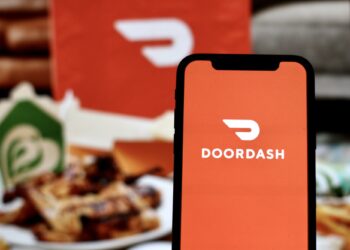Loyalty programs are more than the usual rewards of 10% off, free shipping, and birthday emails. Done well, loyalty incentives focus on psychological and behavioral science to deepen retention.
Smarter Segmentation
Seasoned marketers segment for campaigns, but what about loyalty impact? Try building segments based on motivational context, not just purchase history.
- Redemption behavior. Who hoards rewards, and who redeems quickly? Target accordingly.
- Dormancy within loyalty tiers. Users with no activity for 60 days may need a different prod than recent converts.
- High browse, low buy customers. Use loyalty nudges to bridge the gap with non-monetary perks or risk-free trials.
Build loyalty throughout the shopping journey:
- Acquisition. Display loyalty perks on product pages and modals, and on ad copy (Meta, Google) that speaks to exclusive benefits.
- Onboarding. Pre-enroll customers or ask for their birth dates and unique interests early to tailor benefits faster.
Sephora’s Beauty Insider program offers tiered perks, birthday gifts, and exclusive experiences that encourage purchase frequency and aspiration.

Sephora’s Beauty Insider program encourages purchases and aspiration via tiered perks, birthday gifts, and exclusive experiences. Click image to enlarge.
More Than Discounts
Discounts offer short-term gratification, but they don’t build lasting loyalty. Instead, think about what motivates long-term engagement:
- Progress effect. People are more likely to complete a task when they feel they’ve already started. Pre-load new customers with points or status and visually highlight their progress.
- Variable rewards. Unpredictable perks (e.g., surprise freebies, mystery discounts) can spur action and boost engagement.
- Goal-gradient hypothesis. The closer people are to a goal (e.g., a gift at 100 points), the more effort they exert to reach it. Use dynamic emails or texts to show progress bars and remaining required actions.
For your high-value customers, consider layered benefits based on lifecycle and psychology:
- Exclusive access. Think status and belonging, such as early drops, members-only content, and personalized products.
- Identity-based rewards. Customers want recognition. Use first-party data (e.g., style quiz responses, dietary preferences) to personalize loyalty perks that align with their values.
- Mission-aligned incentives. Offer donation matching, carbon offset rewards, or “choose your perk” flexibility for cause-conscious customers.
Beyond Email
Experienced teams know this, but it’s worth reiterating: An email-only loyalty program is limited and often ineffective. A little integration goes a long way in making the program feel alive, not automated.
Connect loyalty data to:
- SMS platforms for real-time nudges (“You’re 10 points from your next reward!”).
- Customer service platforms so agents can surprise and delight based on tier or behavior.
In short, customers remember the shopping experience and interaction with your brand, not points alone. Design rewards to tap into progress, surprise, exclusivity, and identity. Move from boring and predictable to habit-forming and sticky.






